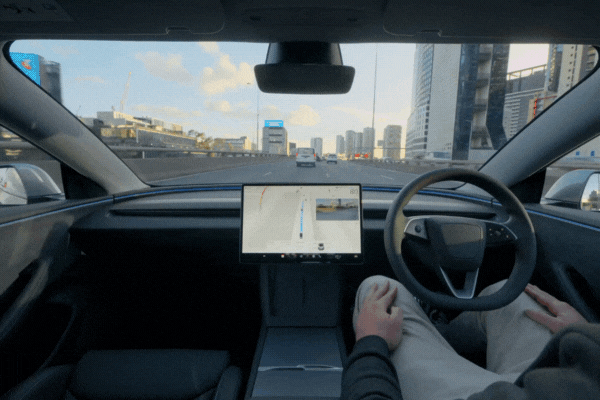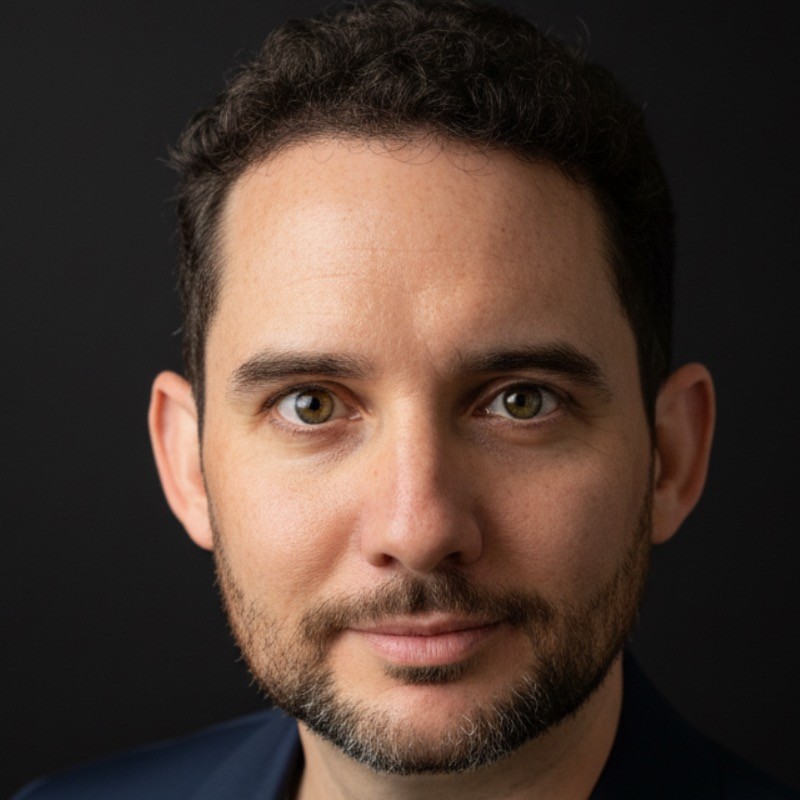

Self-driving cars are on the list of futuristic sci-fi tech we've been promised for years. Along with jetpacks and meals in pill-form. Tesla recently made it a pseudo-reality by unveiling "Full Self-Driving" capabilities on compatible vehicles down under. It'll run you $149 a month, but what does it actually get you? And is seeing believing?
Update: This story was originally published on 3 October 2025. We're bringing it back now as the Full Self-Drive capability via subscription has now been released.
Let's throw it into neutral for a sec. Tesla has offered a lot of driver assistance features on its vehicles over the years, and they've all had different names. Here's what each one means and what it gets you:
Either way, Aussies are already taking it up. In the first two weeks of it being available in Australia and New Zealand, Tesla says down under drivers completed one million kilometres of FSD use on our roads. It adds that this is the equivalent of almost 70 laps around Australia.
After reporting on technology for over 20 years, I'm a natural skeptic of this sort of thing. Manufacturers will always tell you their product can far exceed the claims made on the tin but much of it never quite delivers. Although, those who aren't as suspicious and bitter as I have seen the system in action and report nothing but joy and delight. Here's a prominent Tesla blogger taking his older father on an FSD drive, much to his delight.
Some drivers see FSD as little more than cruise control with extras. Traditional adaptive cruise control already adjusts speed to match traffic and keeps a set distance from the car ahead. Tesla’s system layers on lane changes, automated turns, and city street navigation. In practice, the difference can feel like a smoother, more capable version of what many cars already offer.
The catch is that FSD demands constant attention. The wheel detects resistance from the driver’s hands, and the car will sound alarms if the driver looks away for too long. It can handle stop signs and traffic lights, but it sometimes hesitates or makes errors that force the driver to step in. This leads to frustration for some owners, who expected a fully autonomous car and instead find themselves babysitting a nervous digital co-pilot.
For others, the appeal lies in convenience. Long highway drives become less tiring, parking can be simpler, and the system can manage city streets in low-stress situations. Whether that is worth the cost comes down to how much value a driver places on reduced effort, not complete freedom from driving. Nor the guarantee of complete, system-guided safety on the roads, as we'll see below.
Tesla’s rollout of FSD has been shadowed by safety questions, especially in the United States where regulators have taken a close look. The National Transportation Safety Board (NTSB) and the National Highway Traffic Safety Administration (NHTSA) have opened inquiries into several accidents involving Teslas with Autopilot or FSD engaged. Some of these crashes were fatal, and investigators examined whether the technology worked as intended or whether drivers relied on it too heavily.
Critics argue that the name Full Self Driving creates a false impression of autonomy. The software cannot safely operate without human oversight, yet some drivers have treated it as hands-off technology. Videos online show people misusing the system, even sitting in the back seat while the car drives itself. Tesla has countered that the responsibility lies with the driver and that FSD, when used properly, claims that it reduces accidents by reacting faster than humans in certain situations.
Regulators remain cautious. U.S. authorities have required Tesla to improve driver-monitoring systems and issue software recalls to fix safety issues. For Australian drivers, this history matters. While the technology is available here, the debates and investigations overseas show that it is far from risk-free.
Speaking of risks, a lot of folks aren't kept out of EVs because of how they can or can't drive themselves. It's all about the range anxiety.
Range anxiety is the fear that an electric vehicle won’t have enough battery to reach its destination or a charging station. For many people it’s less about daily driving and more about those stressful “what if I run out on the highway?” moments.
In surveys, this worry comes up again and again as a major barrier to considering an EV. One US survey found that 76 % of prospective EV buyers report worrying about range. After they buy an EV, that number drops to 59 %. Experience reduces the fear. Another study showed that range anxiety declines over time: many owners report that in their first few years the worry is high, but by 5+ years it becomes much less.
In Australia the debate has its own twist. EVs generally have ranges over 400 km (some models exceed 700 km), which on paper is plenty for many users. Yet the problem often isn’t the battery: it’s trust in the charging network. Broken chargers, long queues, and gaps in rural coverage raise doubts. A 2023 survey found that nearly 70 % of Australian EV owners had encountered at least one non-working charger in the past six months.
And to be honest, some of the fears are justified. Tests by Australia’s Automobile Association (AAA) revealed that several popular EV models under real-world conditions fall 5 % to 23 % short of their official advertised range. For example, a Tesla Model 3 was about 14 % lower than its lab estimate. These discrepancies can turn what seems “safe margin” on paper into real tension behind the wheel.
But Tesla's working hard to get the anxiety monkey off your back. It recently announced its 10,000th Supercharger deployed in Australia. Not to mention all the third-party chargers that are popping up in car parks and shopping centres all over the country.
So what's all this worth to you?